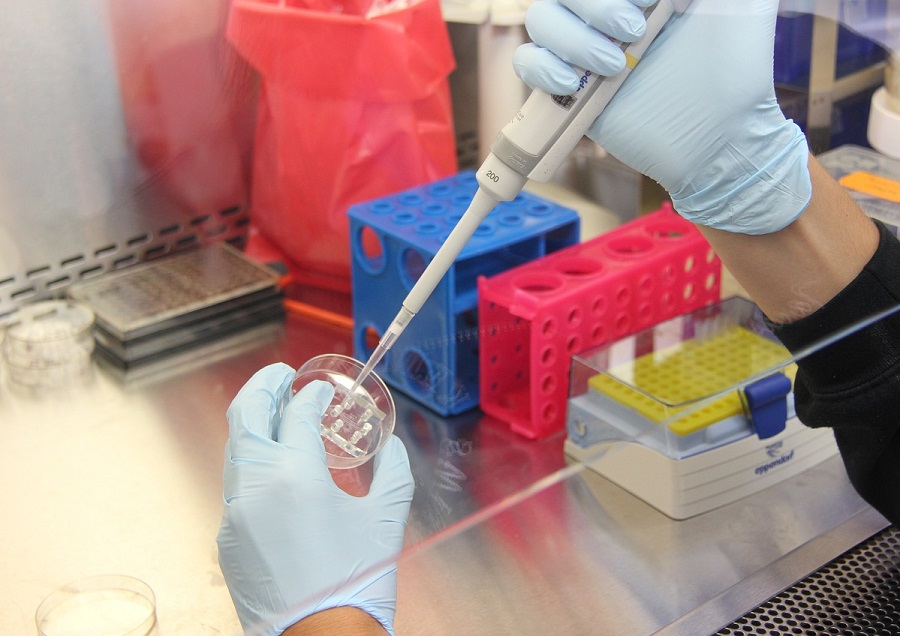Lab-grown meat: 53 hazards identified by FAO-WHO

Regarding food today, a key question is: is lab-grown meat safe? According to a new in-depth analysis by FAO and a WHO expert panel, there are 53 potential health hazards. As commercial cell-based food production grows, there is an increasing urgency to answer one of the consumers’ most important questions: is it safe to eat?
For this reason, the Food and Agriculture Organisation of the United Nations (FAO), in collaboration with the World Health Organisation (WHO), has produced a publication, “Food safety aspects of cell-based foods“. The 134-page document, based on extensive scientific literature, aims to share the current state of knowledge with relevant stakeholders and inform consumers about the food safety aspects of cell-based foods.
During the expert consultation, all potential hazards in the four stages of cell-based food production were discussed: cell procurement, cell growth and production, cell harvesting and food processing. The results show that there are 53 potential sources of hazards that can lead to problems and negative health consequences. These include contamination with heavy metals, microplastics and nanoplastics, allergens such as additives to improve the taste and texture of these products, chemical contaminants, toxic components, antibiotics and prions.
Most potential food safety hazards in cell-based food production, such as microbiological contaminants and residues, are not new. For such common food safety hazards, many risk mitigation tools exist, such as good hygiene, manufacturing, cell culture, hazard analysis and critical control points (HACCP), as well as the general principles and methods for assessing the safety of the final product as a whole food. The experts agreed that while many hazards are already known and exist in conventionally produced foods, the focus should be on the specific materials, inputs, ingredients, potential allergens and equipment that play a particular role in cell-based food production.
Particular attention should be paid to the mechanism of cell proliferation in bioreactors, using biological components such as growth factors and hormones from animal serum or non-animal origin to trigger and accelerate cell cultivation. These biologically active molecules could interfere with metabolism or have been linked to the development of certain cancers. Therefore, these products potentially carcinogenic effects could be particularly serious for human health.
At a recent symposium organised by the Animal Task Force and the Belgian Association for Meat Science and Technology in Brussels, Peer Ederer from Goal Sciences spoke about lab-grown meat, highlighting that lab-grown meat is not the answer. Despite the billions of dollars invested in cellular agriculture, as Paul Wood and others show, cultured meat will not be a true substitute for natural meat.
He said cell-based meat products are not identical to those they are meant to replace. First, there are still significant differences in sensory, nutritional and textural properties, while important quality-enhancing steps in transforming muscle into conventional meat are missing. Second, many societal functions of livestock and animal production beyond nutrition may be lost, including ecosystem services, by-product benefits, and contributions to livelihoods and cultural significance.
Moreover, detailed production methods are unavailable, making it impossible to confirm the many product characteristics and sustainability claims. A study by Oxford University shows that production in very energy-intensive bioreactors could have worse long-term environmental consequences than livestock farming in terms of CO2 emissions, which have a less powerful greenhouse effect but are much more persistent than methane. Recent calculations also show that if we wanted to meet the additional demand for meat by 2030 exclusively with cultured meat, we would have to build almost 150,000 bioreactors, which would have more than twice the impact on the production of this man-made product (352 million tonnes of CO2e) than if consumption were met with natural livestock (150 million tonnes of CO2e).
The FAO/WHO document concludes that hazard identification is only the first step in the formal risk assessment process. To conduct an adequate risk assessment for cell-based foods, collecting sufficient scientific data/information necessary for exposure assessment and risk characterisation is essential. The hazard identification conducted by the Technical Panel members is an extremely important first step in brainstorming all potential food safety issues that could arise from cell-based food consumption. In addition, feedback and comments on this publication from the international scientific communities will help move the field forward. Extreme caution is needed as there is still too little information and insufficient data on the actual safety of lab-grown meat.